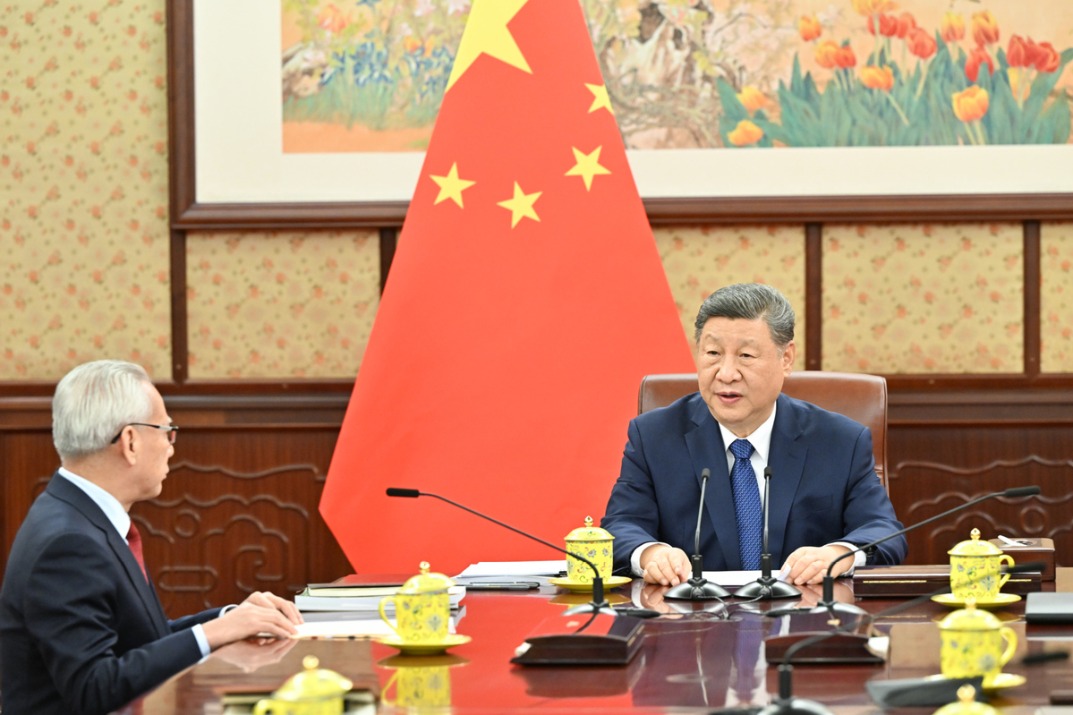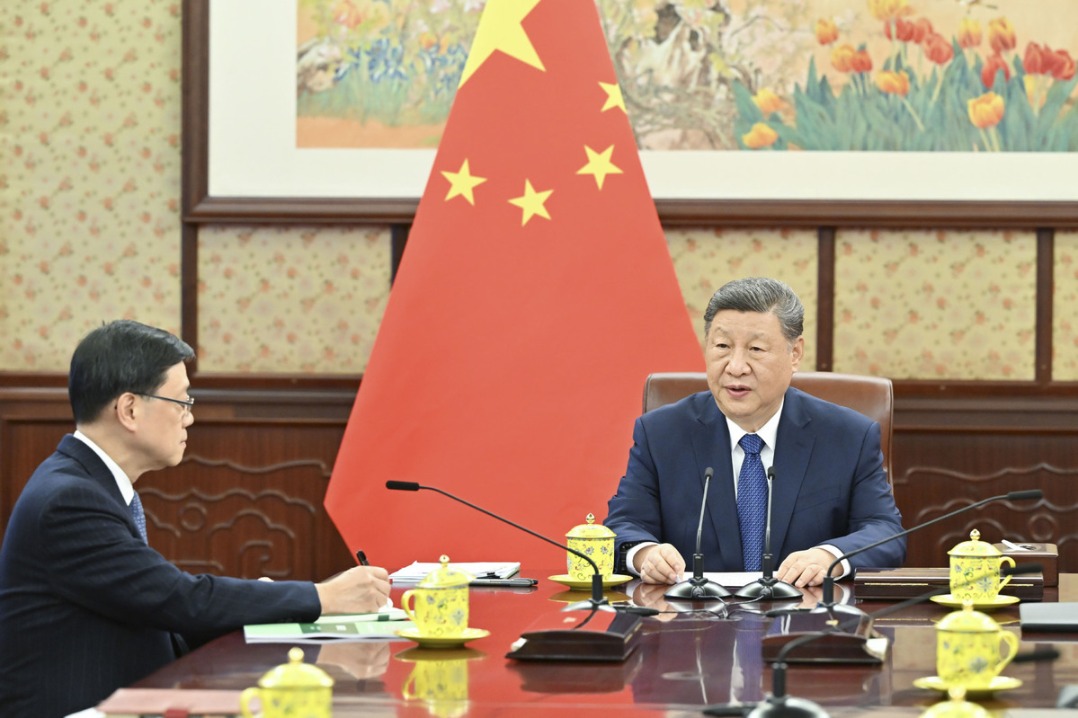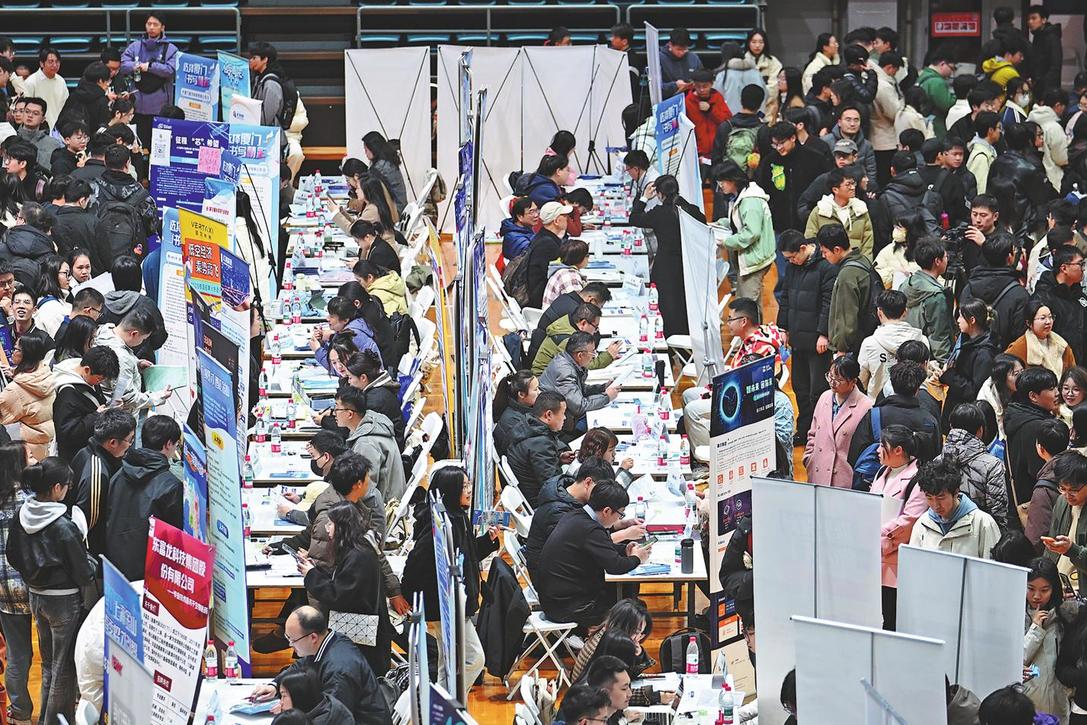Tibetan treasures
By Wang Kaihao | China Daily | Updated: 2018-02-08 07:38

The piece of silk features Chinese characters wang hou (prince and marquis), which Zhang says shows a close link between Tibet and other places in China at the time.
Both exhibits are from archaeological discoveries in recent years.
Zhang also says there are exhibits that have never been shown publicly before, like the earliest tea leaves in China, and some documents showing how the Qing Dynasty (1644-1911) emperors helped locals in Tibet to construct infrastructure, fight against foreign invaders and improve livelihoods.
"Some people have a wrong idea that Tibet was a relatively inaccessible place due to the high altitude and harsh geographic conditions," he says.
"These exhibits can correct the misunderstanding to indicate an ancient Silk Road route on the plateau."
A silver kettle from Lhasa's Jokhang Temple has been borrowed for the exhibition. The kettle has left Tibet for the first time, but Zhang says it will be displayed at the Capital Museum only for a month because of its holy status among pilgrims.
"Many items from temples in Tibet, which have never been publicly displayed, will be shown this time," Zhang adds.
The Tibetan History and Culture exhibition is one part of big plans of the Capital Museum this year.
Another exhibition, Best Wishes from the Auspicious Dog, opens on Thursday to celebrate the upcoming Chinese Year of the Dog, with cultural relics from the museum's own collections.
This exhibition, running through March 18, will provide information about Chinese zodiac signs and show the importance of dogs in Chinese culture and society.
The exhibits have a wide time span from Han Dynasty (202BC-220) pottery figurines of dogs to Qing Dynasty jade pieces and paintings with canine images.

























